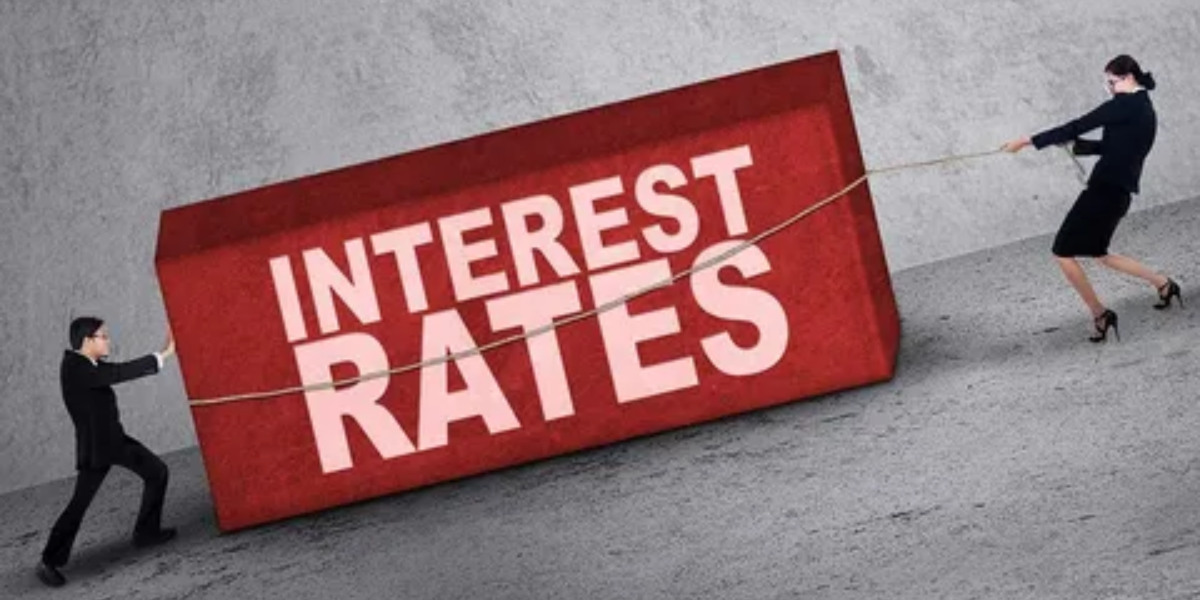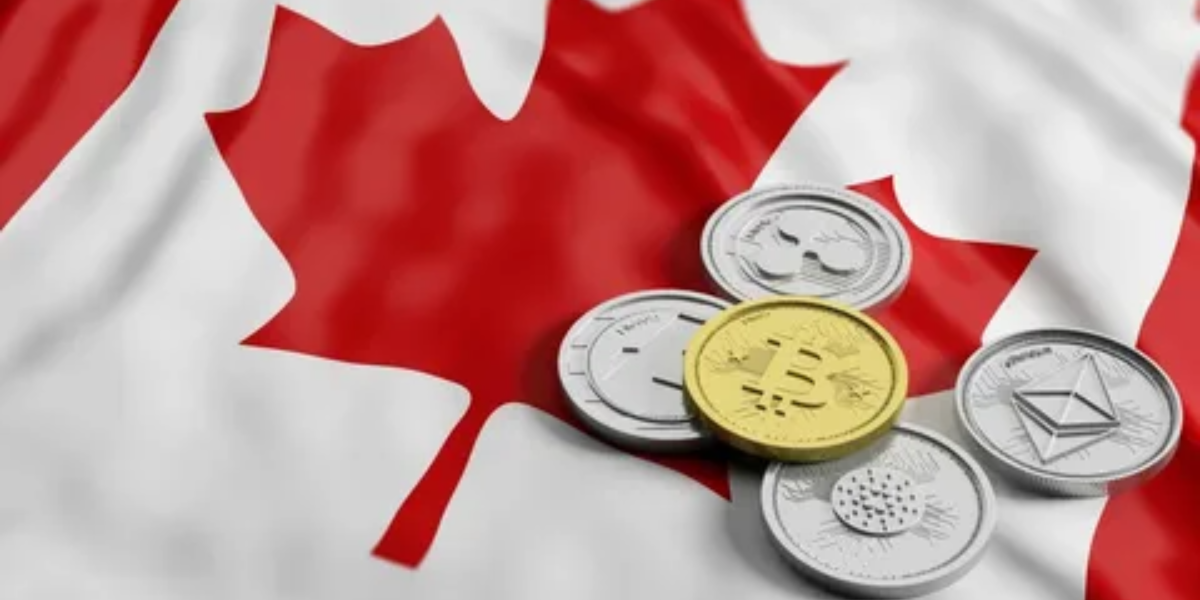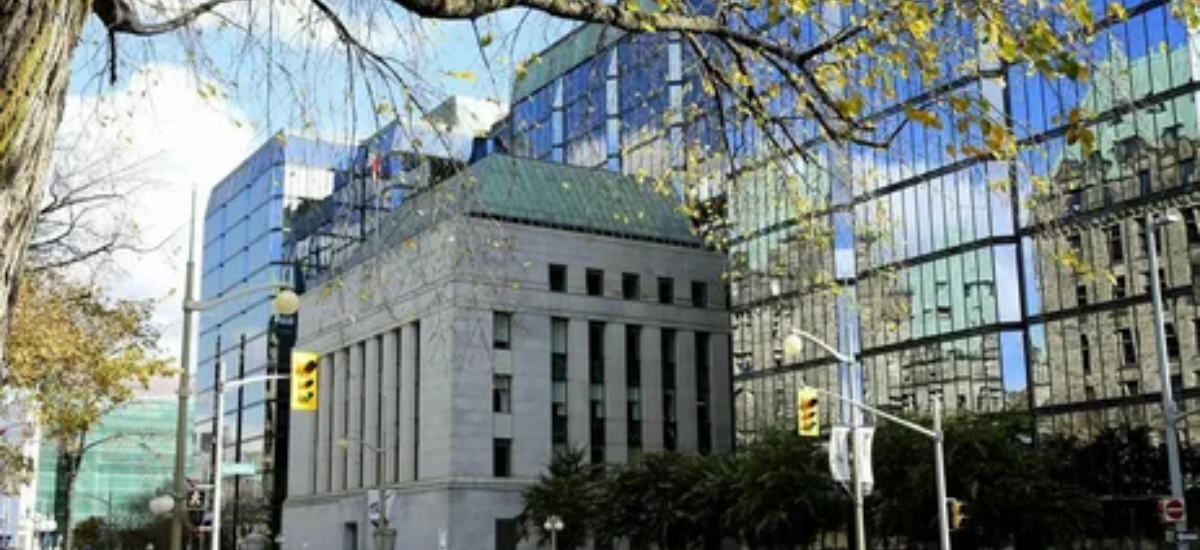The Bank of Canada’s Stance

The Bank of Canada (BoC) has been closely watched by economists, investors, and everyday Canadians alike, especially concerning its recent interest rate decisions. In particular, the notion of a “hate-hike” phase has garnered attention, suggesting a period of interest rate increases. However, recent signals from the BoC indicate that this phase may be drawing to a close, prompting speculation and analysis.
Understanding Interest Rate Hikes
Interest rate hikes refer to the central bank’s decision to increase the cost of borrowing money. This move aims to cool down an overheating economy, curb inflation, or address other monetary policy objectives. Conversely, interest rate cuts stimulate borrowing and spending, supporting economic growth.
Factors Behind Interest Rate Decisions

The BoC’s interest rate decisions are influenced by various factors, including inflation, employment levels, GDP growth, and international economic conditions. By analyzing these indicators, policymakers determine the appropriate course of action to maintain price stability and support sustainable economic growth.
Economic Outlook: Canada’s Current Landscape
Canada’s economic landscape plays a crucial role in shaping the BoC’s policy decisions. Factors such as consumer spending, business investment, housing market activity, and global trade dynamics all contribute to the overall economic outlook.
Signs of the Hate-Hike Phase Ending

Recent statements from the BoC suggest a shift in its monetary policy stance. The central bank has hinted at the possibility of pausing or even reversing its interest rate hikes, signaling a potential end to the hate-hike phase.
Impact on Borrowers and Savers
For borrowers, a halt or reduction in interest rate hikes could mean relief from increasing borrowing costs. Conversely, savers may face lower returns on their savings as interest rates stabilize or decline.
Real Estate Market Implications

The real estate market is highly sensitive to interest rate changes. A slowdown in interest rate hikes could provide support for housing affordability, potentially stimulating demand in the housing market.
Stock Market Reaction
Investors closely monitor central bank announcements for their potential impact on stock markets. A shift in the BoC’s interest rate policy could lead to volatility in equity markets as investors adjust their expectations.
Foreign Exchange Considerations

Changes in interest rates can influence currency values, impacting international trade and investment flows. A shift in the BoC’s monetary policy stance may lead to fluctuations in the Canadian dollar’s exchange rate relative to other currencies.
Business Investment Trends
Businesses rely on stable and predictable interest rates to make investment decisions. A pause in interest rate hikes could provide businesses with greater certainty, potentially encouraging investment in productivity-enhancing projects.
Employment and Wage Trends

The labor market’s health is a key consideration for the BoC. Changes in interest rates can affect employment and wage trends, influencing consumer spending patterns and overall economic activity.
Inflation Outlook
Controlling inflation is a primary objective of the BoC’s monetary policy. By closely monitoring inflation expectations and economic indicators, policymakers aim to ensure price stability over the medium term.
What Lies Ahead for Canada’s Economy

As the BoC navigates its monetary policy path, Canadians eagerly await further insights into the future direction of interest rates and its implications for the economy. While signals of the hate-hike phase ending may offer some relief, continued vigilance and analysis will be essential to understanding the evolving economic landscape.
Click here for more visited Posts!





